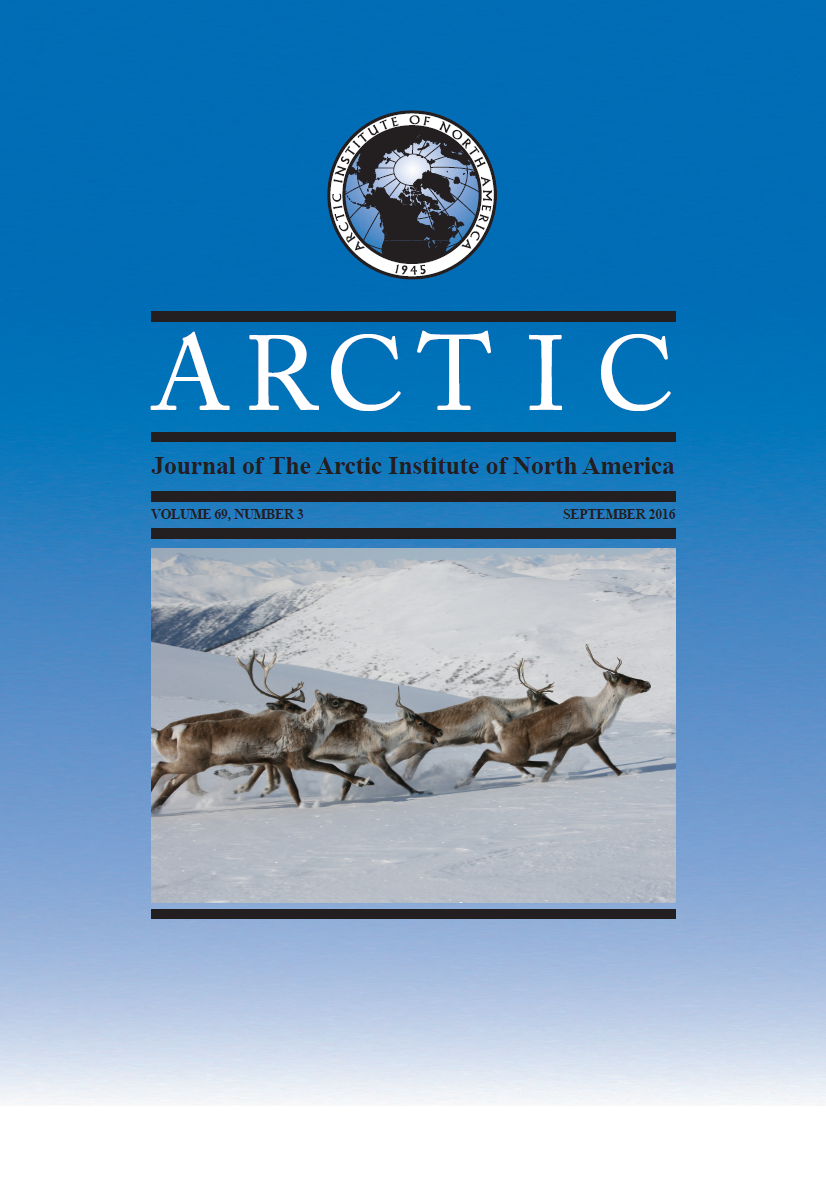Changes in Diurnal Cliff-Nesting Raptor Occurrence on the Ungalik River in Western Alaska: 1977, 1979, and 2008
DOI:
https://doi.org/10.14430/arctic4574Keywords:
Peregrine Falcon, Gyrfalcon, Golden Eagle, raptor survey, western AlaskaAbstract
Diurnal cliff-nesting raptors were inventoried on the Ungalik River, Alaska, in 1977 and 1979. In 2008 we resurveyed the drainage, replicating the techniques used in 1979. The density of nesting raptors during the late nesting season has doubled in the past three decades, from six occupied territories detected in 1977 and four in 1979 to 12 in 2008. A single Peregrine Falcon (Falco peregrinus) was sighted during aerial surveys in 1977, and a pair of Peregrine Falcons was detected during a boat survey in 1979; however, nesting by these birds was not confirmed. In contrast, we detected five occupied Peregrine Falcon territories along the Ungalik River in 2008. Other changes in cliff-nesting raptor occurrence included a decrease in occupied Gyrfalcon (Falco rusticolus) territories from four in 1977 to one in 1979 and two in 2008, a decrease in Rough-legged Hawk (Buteo lagopus) nests from one in 1979 (none in 1977) to none in 2008, and increases in Golden Eagle (Aquila chrysaetos) nests, from two in 1977 and 1979 to five in 2008. Changes in the number of nests of cliff-nesting raptors in this small population may have resulted, in part, from natural variation associated with changes in weather or prey abundance. However, it is likely that the increase in nesting Peregrine Falcons is related to global population recovery. Our data indicate that factors other than available nesting sites limit cliff-nesting raptor numbers along the Ungalik River. Spatial analysis indicated that cliff-nesting raptor nests were most often on hills or cliffs that face away from the coast, which is the source of most storms.


